Fact Of The Post
A B-25 bomber once crashed straight into the Empire State Building.
Most commonly known as the Empire State, New York was the 11th state to join the United States of America on July 26, 1788.
It has a population of 19,453,561 people (as of 2019), making it the fourth most populous state.
New York is bordered by the states of Connecticut, Rhode Island, Pennsylvania, Massachusetts, Vermont, and New Jersey.
With 54,555 square miles (141,300 square kilometers) of land and water, it is the 27th largest state.
The capital of New York is Albany, situated in the far east of the state by the Vermont and Massachusetts border.
Here, we are going to read the top 15 facts about the new york state that might you not know about it.
Facts About New York City
💪💪💪Let's Start Reading These Facts😤😤😤
1. A B-25 bomber once crashed straight into the Empire State Building.
On July 28, 1945, a B-25 bomber came hurtling into the 79th floor of the Empire State Building.
On the morning of the accident, New York was covered in a particularly thick fog cloud, and as such, the B-25 Mitchell bomber found navigation almost impossible.
It was redirected to fly into the Newark airport, with the new route taking it past the Empire State Building.
The plane got disoriented and nearly struck the Chrysler building.
During an attempt to avoid crashing into the Chrysler building, the plane instead smashed into the north side of the Empire State Building.
Fortunately, the accident happened on a Saturday, and as such only 11 people inside were killed.
If it had been a regular working day, the fatalities would have been much higher.
Despite leaving a gaping hole in the side of the building, the structural integrity was sound enough for it to be repaired.
2. The first European nation to lay claims to New York was the Dutch.
Almost 100 years later, Europeans returned to lay claim to the region.
The first to do so was the Dutch.
In 1609, a Dutch East India Company financed expedition led by an English explorer Henry Hudson reached the same estuary Verrazzano did before sailing up the Hudson River (which was later named after him).
He sailed upriver as far as modern-day Albany and laid claim to the region for the Netherlands.
The first Dutch settlement in North America was founded just five years later, where Albany, the state’s capital, now stands.
3. New York was once home to the nation’s capital city.
New York City was made the capital of the newly formed United States of America shortly after the American Revolution ended.
The city was the capital sporadically between 1785 and 1790, from which point it moved to Philadelphia, Pennsylvania.
It saw several momentous events when it was the capital, including George Washington’s inauguration as the United States’ first President.
It wasn’t until June 11, 1800, that the nation’s capital was moved to its present home in Washington, D.C.
4. New York City has a “secret” train station.
Below one of New York’s most famous historic hotels lies a private train platform connected to track 61, a train line off-limits to the general public.
Despite it being underground and in New York City, it’s not actually connected to the New York Metro system.
Instead, it’s connected to the New York Central Railroad (now called Metro-North).
The track was initially built for storage purposes in the 1910s.
It wasn’t until the 1930s when the Waldorf Astoria hotel was built above it, that the track 61’s secret life began.
Beginning with President Theodore Roosevelt in the 1930s, the platform below the hotel transported important people clandestinely to and from the hotel.
It’s been reported that the platform was in use until 2014.
5. People have been living in New York for more than 12,000 years.
The first group of people to ever inhabit the Americas were the Paleo-Indians.
These early settlers first came to the Americas via the Bering Strait sometime 13,000 -15,000 years ago.
They crossed from the far east of modern-day Russia into modern-day Alaska and slowly spread throughout the American continent.
They were predominately hunter-gatherers, and as such, they made their way across the land while searching for better food sources.
By around 10,000 BC, they reached the region that is now known as New York.
6. New York City used to be called New Amsterdam.
The colony of New Netherlands came to a rather abrupt end on August 27, 1664.
Britain had decided that the region was theirs, and as such, they sent several warships to lay claims to the area.
They captured New Amsterdam and demanded that New Netherlands surrender the entire colony to them.
This was officiated in June 1665, from which point New Amsterdam was renamed New York.
The Dutch recaptured the city in 1673 and then renamed it New Orange.
However, New Orange did not last long.
When the British took it over again in 1674, it was renamed New York.
7. New York is also home to the largest railway station in the world!
Located in the heart of Manhattan, Grand Central Terminal is one of New York City’s most famous landmarks.
The terminal opened to the public on February 2, 1913, and has seen a constant flow of commuters ever since.
It was constructed with 44 platforms on two levels, with 67 tracks in total.
The entire structure takes up 49.95 acres (19 hectares) of space, making it the largest railway station in the world in terms of size and the number of platforms it has.
It’s also one of the busiest stations, with more than 1 million commuters passing through every week!
8. More than 400,000 men from New York fought during the American Civil War.
At the outbreak of the American Civil War in 1861, the state of New York was the most populous of all the Union states.
It comes as no surprise that it also contributed more troops than any of the other Northern states, with some 21% of the state’s population joining the war effort.
Records show that more than half of the troops from New York were under the age of 30.
More than a quarter of the troops from New York were born overseas, with 37,000 from Germany and another 51,000 from Ireland.
Despite contributing such high numbers, no battles were fought on New York soil.
9. New York is the second-largest producer of maple syrup in the US.
When most people think of New York, they think of New York City or Albany.
They tend to forget that the state is a vast northern state that also borders a large part of Canada.
The state’s northern positioning makes it perfect for maple syrup production.
In 2018, the state pushed its way to the second-highest US producer of sweet nectar with the harvest of some 800,000 gallons (3028329.43 liters) in one year.
10. Many different Native American tribes lived in New York when Europeans first arrived.
By the time Europeans first made contact in the 16th century, there were already many well-established tribes living within the modern-day New York region.
These people had fully developed societies with complex economies, languages, and traditions.
While each tribe had its customs, history, and culture, they were generally categorized according to their language group.
Those whose languages belong to the Algonquian language group include the Nanticoke, Wampanoag, Lenape, and the Mohican people.
The majority of other tribes, including the Mohawk, Iroquois, and Petun, belong to the Iroquoian language group.
11. New York was caught up in the middle of the American Revolution.
When the American war of Independence broke out in 1775, people quickly realized that whoever controlled New York City would also have power over the thirteen colonies.
Britain quickly amassed a vast fleet of ships and 30,000 troops and stationed them off Staten Island.
Almost a third of the revolutionary battles took place within New York.
Among them was the Battle of Saratoga, one of the most pivotal battles of the entire revolution.
While control of the state shifted back and forth between Britain and the revolutionaries, New York City was held by British forces until the very end.
12. Buffalo wings were invented in New York.
While the concept of cooking chicken wings separately from the rest of the bird has been around for ages now, buffalo wings are a much more recent invention.
The trend unsurprisingly started in the city of Buffalo, New York.
As the story goes, the owner of the Anchor Bar came up with the tasty treat while making a snack for her son and his friends back in 1964.
While the concept of cooking wings in the hot sauce may seem normal to us now, it was an unheard-of combination at the time.
The wings were so good that they instantly made their way onto the bar’s menu before spreading to all corners of the US, then the world!
13. New York is home to the oldest state park in the United States.
Niagara Falls was originally surrounded by privately owned land, and for a long time, it wasn’t easy to access this breathtaking natural wonder.
It wasn’t until the 1860’s that a man named Frederick Law Olmsted began petitioning the state government to purchase the land surrounding the falls and allow public access.
It took a lot of time and effort, but Olmsted’s efforts paid off when an area around the falls was finally established as the Niagara Reservation in 1885.
Since then, it has operated every year, giving it the title of the oldest operating state park in the US.
In 1963, the Reservation, which measures some 435 acres (176 hectares), was declared a US National Historic Landmark.
14.No one knows where New York got its nickname from.
While there are many theories about how New York became known as the Empire State, not a single one has much proof behind it.
What we do know is that by the 1820s, the nickname was already commonly used.
One of the most famous theories attributes the nicknaming of the state to George Washington.
He used the expression “the Seat of the Empire” in a letter addressed to the then New York City mayor in 1785.
While George Washington used the word empire, he hardly referred to the state directly as the Empire State.
Maybe one day, we’ll unearth the nickname’s origins, but it’s a mystery now.
15. The first European to explore the New York region was actually Italian.
The first European to pass by the coast of modern-day New York was an Italian explorer called Giovanni da Verrazzano.
He was exploring the region on behalf of the French monarchy.
This was during the early era of naval exploration, and as such, Verrazzano reached the east coast of North America while searching for a fabled sea passage through to the Pacific Ocean.
In 1524, he passed by New York and sailed into the estuary of what would later be called the Hudson River.
He made landfall quite near to where New York City stands, a place which he named New Angoulême.
New York Trivia City Questions And Answers
What is unique in New York?
New York City is a major destination in large part because of its unique, iconic sites; The Statue of Liberty, Times Square, Broadway, The Empire State Building, and many more.
Why is NY so famous?
New York has to be one of the most famous cities in the world. Often referred to as the 'Big Apple', this vibrant city is known for its exclusive shops, flashy Broadway performances, and high-flying business tycoons, and it's a city that has long captivated people from all over the world.
What is secret NYC?
Secret NYC is part of the international Secret Media Network, with sister cities in, Los Angeles, London, Manchester, Dubai, Madrid, Paris, Barcelona, Seville, Valencia, and Ibiza. Guy Parsons is the Head of Content Strategy for the global Secret Media Network.
Why is NYC called Big Apple?
It began in the 1920s when sports journalist John J. Fitz Gerald wrote a column for the New York Morning Telegraph about the many horse races and racecourses in and around New York. He referred to the substantial prizes to be won as “the big apple,” symbolizing the biggest and best one can achieve.
Why New York is a dream city?
New York City is called the City of Dreams for a reason. This city is perfect for college graduates, as the city's businesses offer world-class internships in all the major industries. The city also offers unparalleled access to the arts community for those who wish to pursue life-long dreams as artists.
😁😁😁Thanks For Coming😇😇😇
Sources:
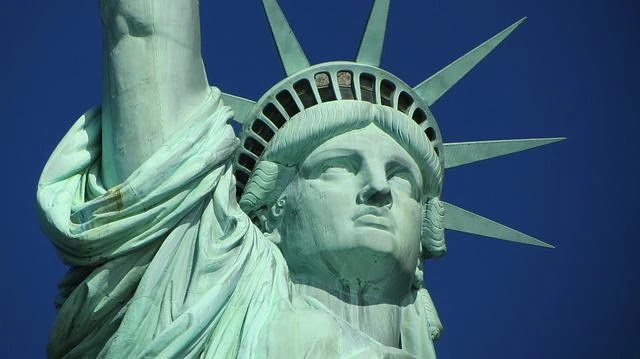
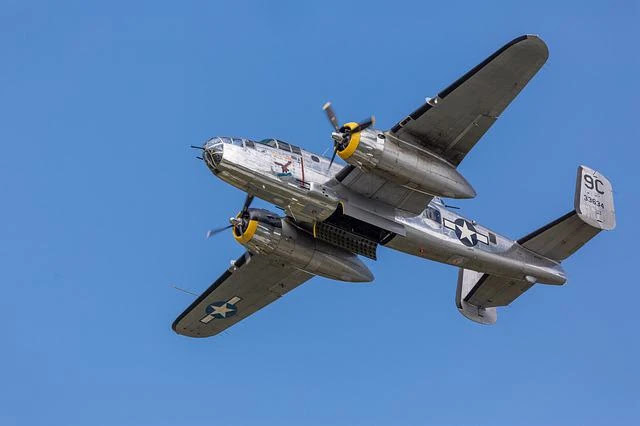
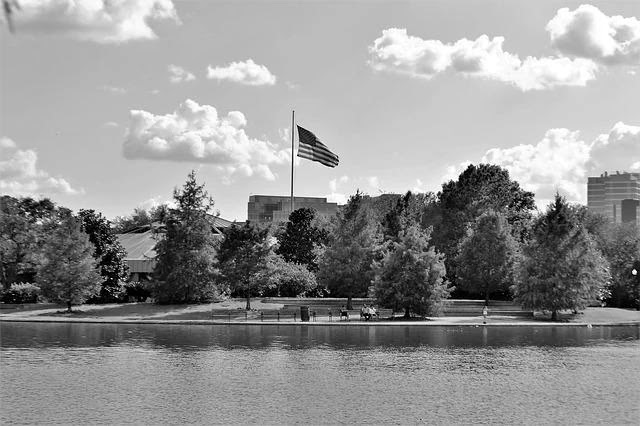
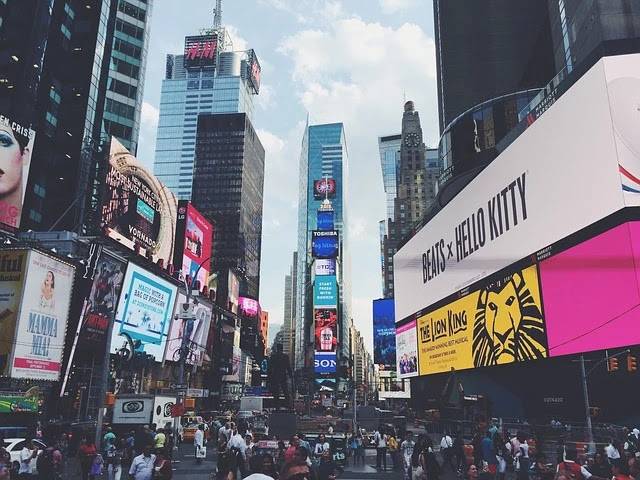
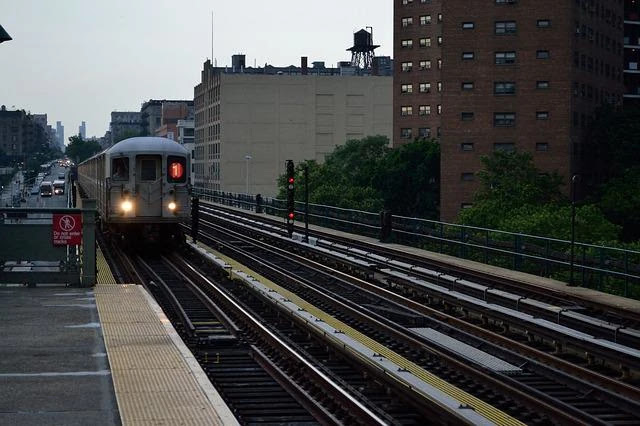

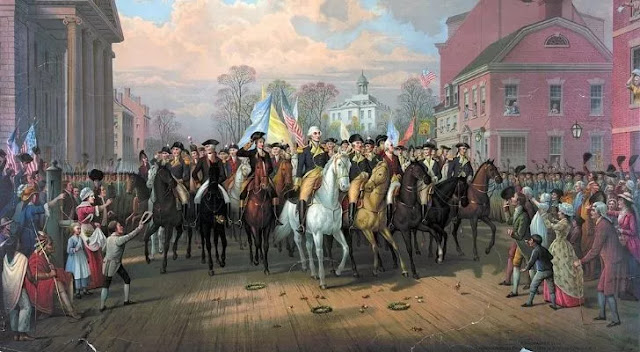
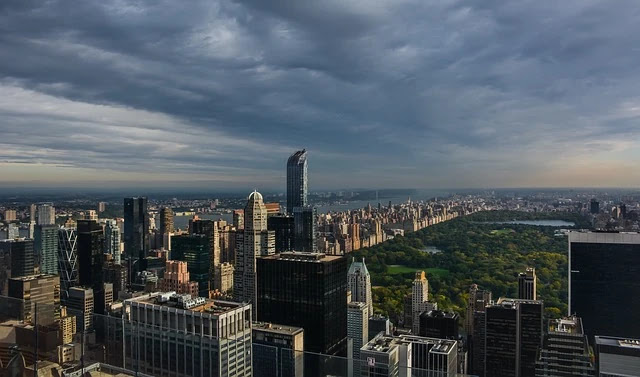
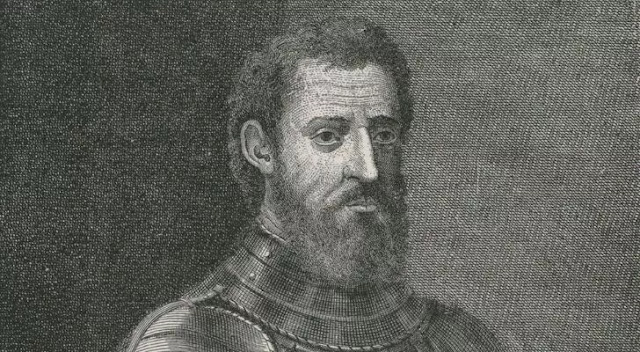
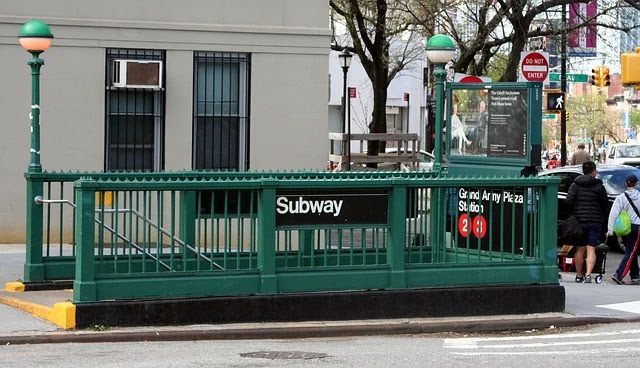
Comments
Post a Comment